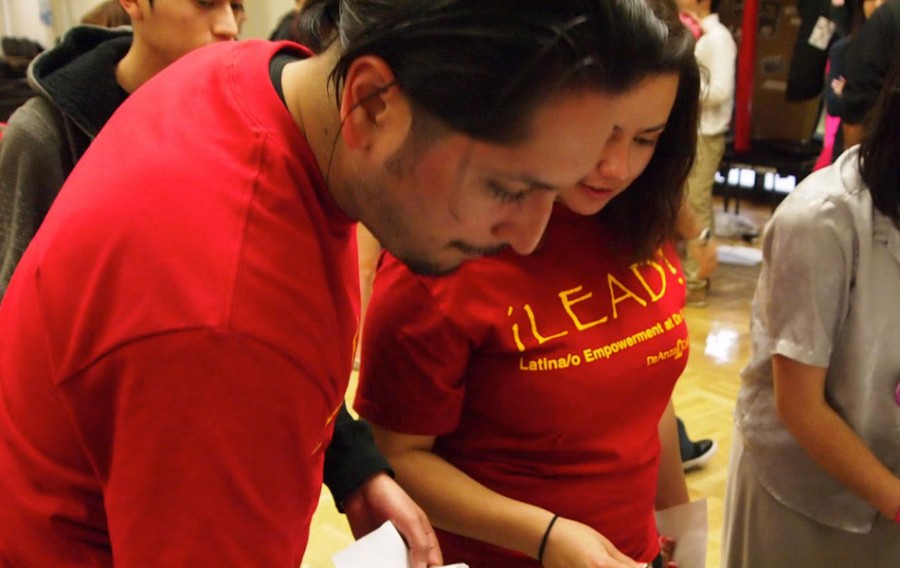Approved $25,500 budget for LEAD mentor program less than needed
More stories from Naomi Fuhrmann
The LEAD mentor program at De Anza College requires long hours from mentors, students, and faculty members to be successful, but mentors in the program do not get course credits and don’t get paid for the full hours they work.
LEAD which stands for Latino Empowerment At De Anza, is a student learning community and leadership program.
LEAD had requested $44,860 in DASB senate funding last month, but received only $25,500.
“Mentoring is 24 hours a day,” said Marc Coronado, club advisor. “Your familia member texts you at 2 a.m. in the morning and asks for help on a paper, so you’re still working.”
The mentor program consists of classes divided into smaller groups of students called familias. A mentor who may or may not be enrolled in the class with the student leads each group.
Ideally, the program should consist of five to six students per mentor, but that is not the case.
Each familia generally consists of five to six students. In Winter ’15, there were 18 classes. Ideally this would require 90 mentors, but LEAD could only provide about 20 mentors.
The job of a mentor is to support and care for the students who are in the program, both academically and personally. They work round the clock inside and outside the classroom.
“Most of them are employed for about 25 percent of the work they do, and they are volunteering the other 75 percent,” said Coronado.
“This quarter we have 20 mentors. I can probably pay each of them for 40 hours a quarter. That’s less than four hours
a week.”
LEAD does not expect DASB to fully fund the program, but would like to see institutional funding from De Anza.
“What needs to happen is that we have institutional funding. In other words, funding needs to come from the management of the college, rather than DASB,” Coronado said.
“It’s not fair for DASB to be expected to fund our entire program and we don’t expect that. We’re very fortunate that they give us some funds.”
Maria Chavez is a De Anza student alum who came back to work as a LEAD intern and to mentor students.
“The ideal student-to-mentor ratio is 6:1,” Chavez said, but when they don’t meet that ideal they have to work with what
they have.
“In order for the program to run properly, LEAD would need an estimated $100,000 a year to provide enough mentors for each student without exploiting them,” Coronado said.
“The budget issue affects not only mentors, but also the students in the classroom. There is not enough money in the program to put enough mentors in every classroom.”



